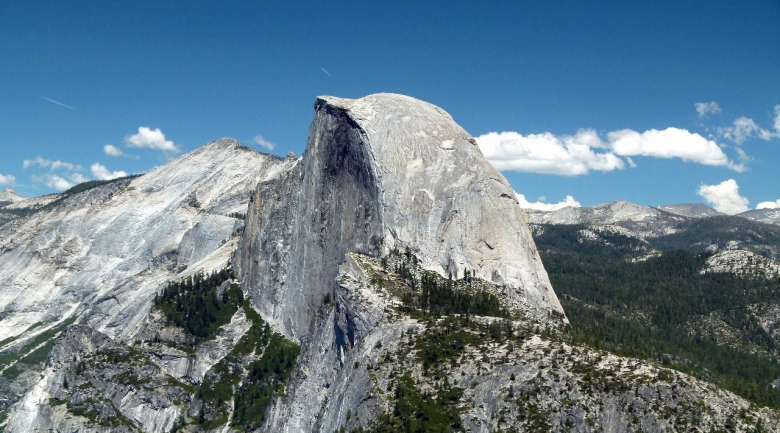
In a new study published in Nature on Monday, climate scientists say they have for the first time thoroughly documented one of the most profound planetary changes yet to be caused by a warming climate: The distribution of the clouds all across the Earth has shifted, they say.
And moreover, it has shifted in such a way, by expanding subtropical dry zones, located between around 20 and 30 degrees latitude in both hemispheres, and by raising cloud tops, as to make global warming worse.
“As global warming occurs, there’s the expectation that the storm track will shift closer to the pole and the dry areas of the subtropics will expand poleward,” said Joel Norris, a climate scientist at the Scripps Institution of Oceanography at the University of California, San Diego, and the study’s lead author. The work was conducted with scientists at Scripps, the University of California at Riverside, Lawrence Livermore National Laboratory and Colorado State University.
The study observed this change, but a northward shifting of storm tracks was not the only effect. The tops of clouds are also now reaching higher into the atmosphere, Norris explained. “An increase of CO2 leads to cooling of the stratosphere, so it’s cooling down, the troposphere underneath is warming up, and so that means, as the clouds rise up they can rise up higher than they did before,” Norris adds.
That these things would happen in theory, based on our understanding of the physics of the atmosphere, has long been expected. The physical reasons for the expectation get complicated fast, involving factors like the atmospheric “Rossby radius of deformation,” and how the Earth’s rotation bends the path of winds, the so-called Coriolis force, Norris explains. But all of this has long been an expectation based on runs of sophisticated climate simulations that embed within their coding the fundamental equations that govern the behavior of the atmosphere.
However, the study painstakingly pieced together images from weather satellites between the years 1983 and 2009, correcting for the numerous known quirks of these satellites that have also made their measurements of atmospheric temperatures a messy affair, to line up pre-existing theory with observations.
“We’re seeing what the climate models think the pattern of cloud change would be,” Norris said.
